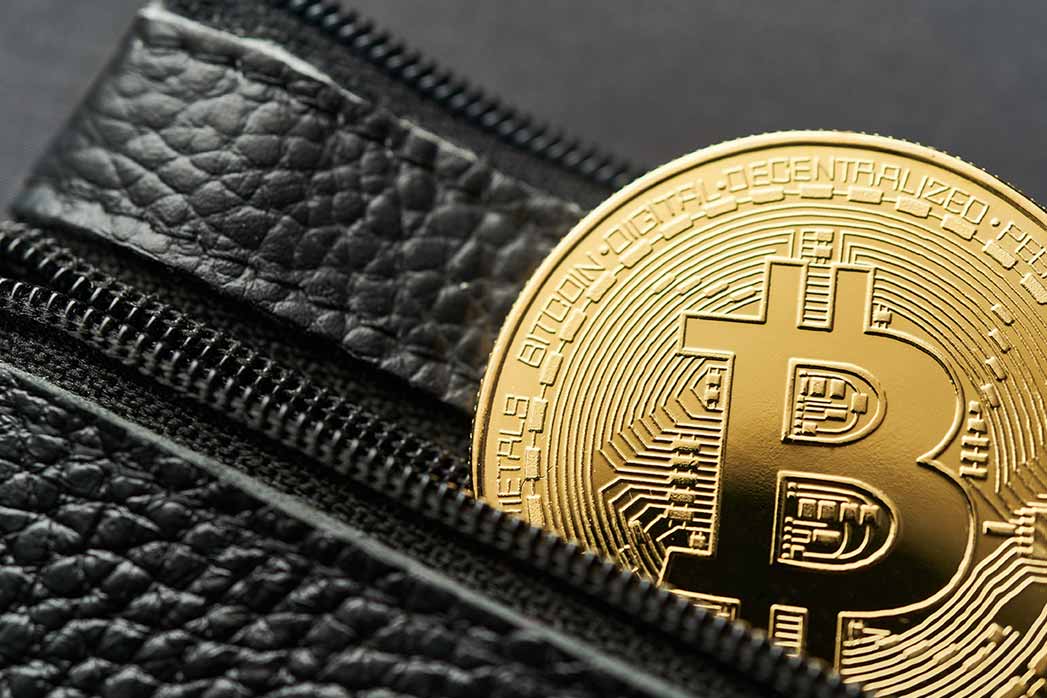Custody Is the New Capital: Why Control Beats Ownership in Digital Finance
“In digital finance, ownership defines rights. Custody defines power.” DNA Crypto.
For decades, finance revolved around ownership.
– Who owned the asset?
– Who held the title?
– Who appeared on the register?
In digital finance, that hierarchy has inverted.
Ownership still matters legally, but custody determines reality. Whoever controls the keys, the wallets, the settlement permissions, and the operational rules controls how capital actually moves.
This is not a security conversation.
It is a robust conversation.
Why Custody Has Replaced Ownership as the Real Lever
In traditional markets, custody was background infrastructure. Assets moved slowly, intermediaries were trusted, and operational risk was abstracted mainly away.
Digital assets removed that abstraction.
In digital finance, custody directly controls:
- – Liquidity – whether assets can be deployed, pledged, or settled
- – Compliance – what transactions are permitted or blocked
- – Access – who can move assets, when, and under which approvals
- – Velocity – how quickly capital can circulate through the system
Ownership without custody is passive.
Custody without ownership is decisive.
This is why custody has become the primary choke point in modern financial architecture.
Bitcoin Made Custody Explicit
Bitcoin forced markets to confront custody as a first-order issue.
– There is no registrar.
– No central ledger.
– No recovery desk.
Control exists only where keys are held and governed.
This reality is explored in The Bitcoin Custody Game, where institutional adoption consistently slows not because of price or regulation, but because custody introduces operational responsibility that cannot be outsourced casually.
For institutions, the question is no longer “Do we want Bitcoin exposure?”
It is “Who controls it, under what governance, and with what recovery path?”
Stablecoins and Tokenisation Bring Custody to the Centre
Stablecoins and Tokenisation extend this logic across the financial system.
Stablecoins appear simple, but settlement power sits with whoever controls issuance, redemption, and wallet permissions. This is why they have quietly become the backbone of modern liquidity, as examined in Stablecoins Are the Hidden Infrastructure of Modern Finance.
Tokenised assets intensify this further. Ownership rights may be legally defined, but:
- Transfers depend on custodied wallets
- Compliance is enforced at the custody layer
- Corporate actions are executed through controlled access
As explored in “Tokenisation Will Change How Finance Wins — Not Who Wins,” Tokenisation does not eliminate intermediaries. It recentralises power around compliant custody infrastructure.
Custody Is Where Finance Now Bottlenecks
Across Bitcoin, Stablecoins, and Tokenisation, the same pattern is emerging.
Markets are not constrained by demand.
They are constrained by operability.
Custody now determines:
- – whether assets can be settled at scale
- – whether capital can move across jurisdictions
- – whether institutions can meet audit, insurance, and governance requirements
This is why custody has become the actual adoption ceiling, a theme explored in Bitcoin Adoption Has a Ceiling — And Custody Is the Reason.
Capital cannot flow faster than custody allows.
Why Institutions Understand This Instantly
Institutional investors do not romanticise decentralisation.
They operationalise risk.
They recognise that:
- Unsecured custody is not sovereignty; it is exposure
- Unmanaged keys are not freedom; they are a liability
- speed without control is fragile
This is why custody conversations now precede allocation decisions. Infrastructure readiness comes before conviction.
As DNACrypto has explored in Bitcoin as Financial Infrastructure, assets only become institutional when custody frameworks mature.
The DNACrypto View
Custody is no longer a back-office function.
It is capital infrastructure.
Whoever controls custody controls liquidity, compliance, and velocity. This is true for Bitcoin, Stablecoins, and Tokenised assets alike.
The next phase of financial competition will not be won by those who own the most assets, but by those who control how assets move.
That is where capital will concentrate.
Image Source: Adobe Stock
Disclaimer: This article is for informational purposes only and does not constitute legal, tax or investment advice.
Register today at DNACrypto.co
Supporting DNACrypto Articles
– The Bitcoin Custody Game
– Bitcoin as Financial Infrastructure
– Stablecoins Are the Hidden Infrastructure of Modern Finance
– Tokenisation Will Change How Finance Wins — Not Who Wins
– Bitcoin Adoption Has a Ceiling — And Custody Is the Reason
– Why Dependency, Not Volatility, Is the Biggest Financial Risk












